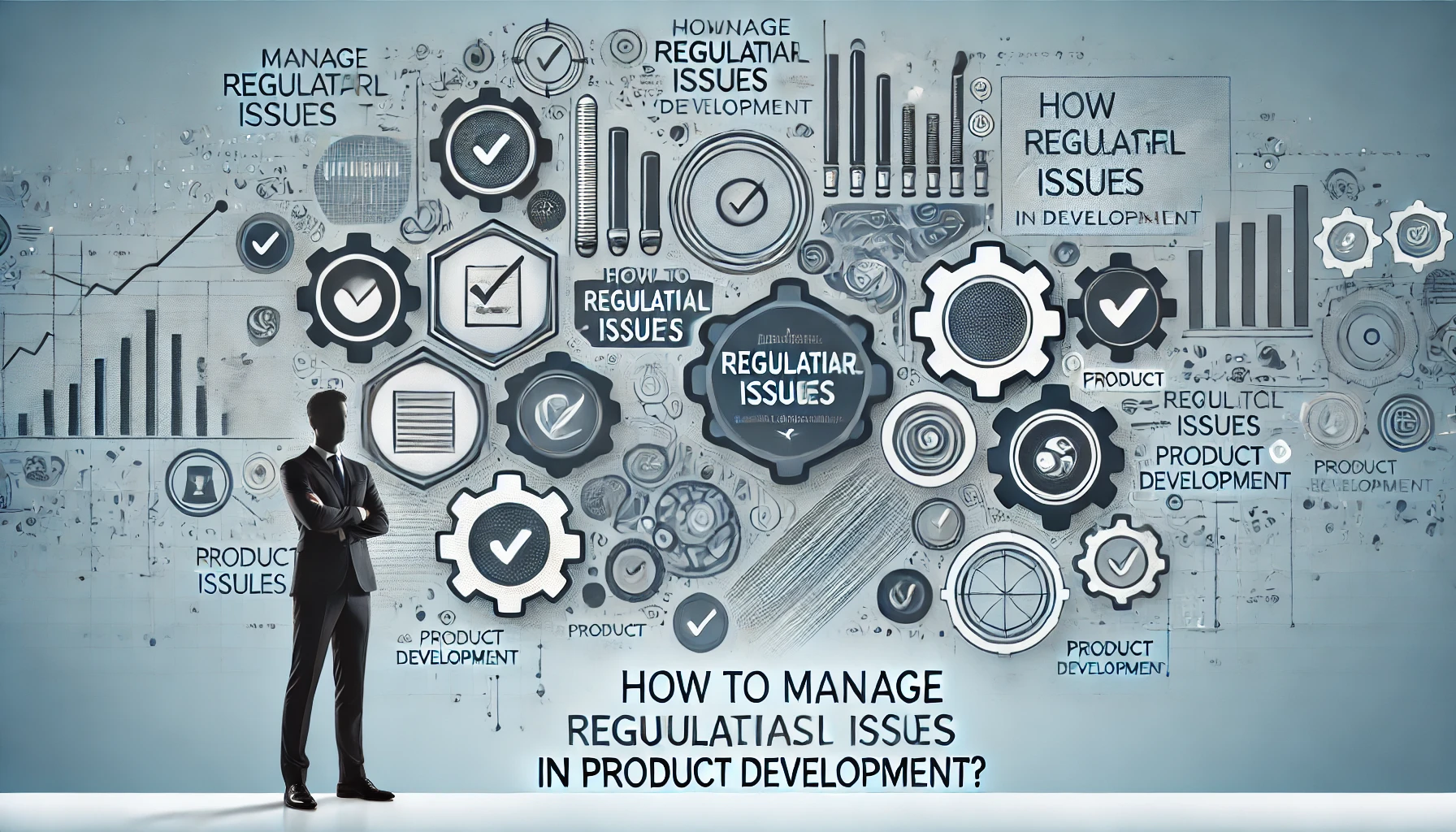Navigating regulatory concerns in product development can feel daunting. The process presents unique challenges, providing invaluable insights along the way. In this blog article, I will share effective strategies to empower teams and individuals to confidently tackle regulatory issues. Understanding compliance challenges allows you to streamline processes and focus on creativity and product quality.
Whether your business is subject to industry-specific regulations or broader compliance requirements, these strategies will help you confront challenges head-on. We will explore how to integrate compliance into your product development and engineering processes, enabling your teams to meet legal standards while fostering innovation and quality in your projects.
Understanding Regulatory Requirements
Different industries operate under varying regulations, resulting in significant discrepancies in compliance criteria. For instance, technology companies often navigate data protection requirements like GDPR, while the healthcare sector adheres to stringent FDA regulations.
Awareness of industry-specific regulations is crucial for product development, safety, and marketing strategies. Additionally, understanding the difference between local and international laws is essential, as they significantly impact compliance responsibilities.
Regulatory agencies play a pivotal role in establishing the standards products must meet before reaching consumers, ensuring product safety and efficacy. Successfully navigating this complex landscape requires familiarity with key authorities like the FDA and EPA. Staying informed about legal changes is vital for ensuring products comply with all necessary standards, helping businesses protect consumer trust, and upholding industry integrity.
Integrating Compliance in Product Development and Engineering
Early Organization for Compliance
From my experience in software product engineering, I’ve learned that incorporating regulatory compliance from the outset can prevent many issues later on.
- Early Design Considerations: Factor compliance into the early design process. This proactive approach helps mitigate risks down the line.
Multidisciplinary Cooperation
Collaboration is critical for ensuring compliance. Engaging various teams early in the process helps align objectives. Key teams to involve include:
- Legal: Provides insights on regulatory frameworks.
- R&D: Ensures technical accuracy.
- Marketing: Aligns on messaging and claims.
Awareness and Training
Educating your staff about legal obligations fosters a culture of compliance.
- Regular Training Sessions: Conduct workshops to keep everyone updated on compliance topics.
- Awareness Campaigns: Use internal newsletters or bulletins to highlight compliance changes.
Conducting a Regulatory Risk Analysis in Product Engineering and Software Development
In product engineering and software development, identifying potential regulatory hazards is vital, as compliance issues can pose significant challenges. Common risks include mislabeling, inadequate testing, failure to meet safety standards, and software vulnerabilities that could compromise data integrity or user privacy.
Once hazards are identified, evaluating their potential impact and likelihood of occurrence is essential. A straight forward risk matrix can help categorize these risks based on severity and probability, clarifying which requires immediate attention. This assessment is crucial for developing effective mitigation strategies, guiding targeted actions for each identified risk, assigning responsibilities, and setting deadlines for efficient project management.
By clearly defining steps to address each risk, teams can navigate compliance challenges more effectively, enhancing overall product reliability and software integrity. A structured approach to risk management fosters a proactive environment that prioritizes compliance while minimizing the likelihood of issues during product development.
Documentation and Record-Keeping
Value of Comprehensive Recording
Documentation plays a significant role in regulatory compliance. Comprehensive records protect your company from audits or legal challenges, ensuring that all development processes, including software design and testing, are well-documented.
Best Standards for Recording Documentation
Maintaining organized and accurate documentation is essential, including:
- Product Specifications
- Testing Results
- Regulatory Submissions
- Software Change Logs
Leveraging Technology for Compliance Monitoring
In today’s digital landscape, technology can streamline compliance processes.
- Compliance Management Software: Consider using tools designed to manage regulatory documentation, track updates, and monitor software compliance against relevant standards.
Navigating the Approval Mechanism
Understanding the Approval System
Securing necessary approvals can be daunting, but understanding the workflow simplifies the process.
- Approval Steps: Familiarize yourself with the sequence of actions required, from submissions to final approvals, ensuring that both product and software components are compliant.
Working with Regulatory Authorities
Maintaining open communication with regulatory bodies facilitates a smoother approval process.
- Effective Communication: Provide clear, concise information in submissions, highlighting compliance with both product and software regulations.
Managing Feedback and Changes
Receiving feedback from regulatory agencies is common, and knowing how to handle it is crucial.
- Addressing Comments: Be prepared to adjust based on feedback to meet compliance requirements, especially regarding software updates or changes to product design.
Ongoing Surveillance and Adjustment
In today’s rapidly evolving landscape, staying current with regulatory changes is essential. Following relevant organizations and reading industry bulletins can help you remain informed about the latest developments. Long-term compliance also depends on regular reviews and audits scheduling internal audits helps companies monitor adherence to regulations effectively.
As new regulations come into effect, flexibility becomes increasingly important. Examining case studies of successful companies offers valuable insights into how they adapted their procedures, including software development companies practices, to meet evolving legal criteria. Learning from past experiences equips businesses to handle regulatory changes while ensuring operational efficiency.
Ultimately, a proactive approach to legislative changes not only mitigates risks but also positions businesses for success in dynamic environments.
Conclusion
Navigating regulatory issues in product development and engineering is a challenging task that requires ongoing attention, careful planning, and collaborative effort. Effectively managing this complex landscape necessitates integrating compliance from the very beginning of the development process.
Two key actions to help fulfill legal criteria are conducting thorough risk analyses and maintaining comprehensive documentation. I encourage you to apply these principles in your product development practices. Remember, being proactive and informed can significantly enhance your chances of achieving compliance and delivering safe, valuable products to the market.
Ready to improve your regulatory compliance processes? Subscribe to our newsletter for insightful analysis or join our community for tools and discussions that can guide your product development journey. Engaging with others in the field will provide you with valuable resources and shared knowledge to simplify your path to success.
